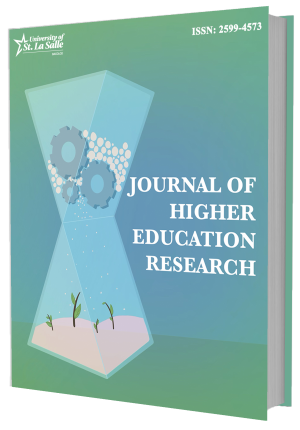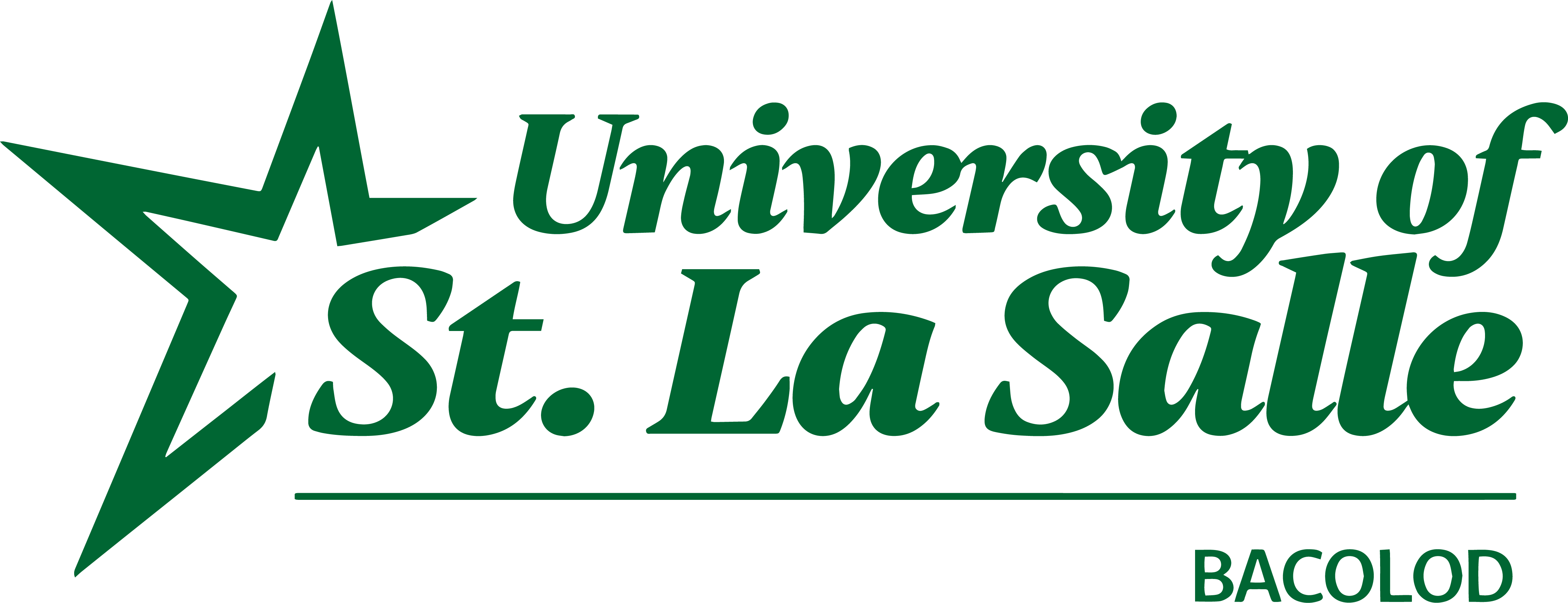Program Evaluation of a School-Administered Youth Facility for Children in Conflict with the Law
https://doi.org/10.70228/JHER2022011
Cite this article Read this article
ABSTRACT
Rehabilitation facilities for children in conflict with the law are usually administered by government and non-government agencies. In the Philippines, a private school has pioneered the establishment of a free transformational youth facility under its mission and development program. This study aimed to evaluate its formation program using the objectives-based approach. The participants consisted of 33 program graduates and 18 implementers who evaluated the achievement status, levels of challenge, and sustainability of the program's objectives, projects, and activities. Frequencies, means, and standard deviations were utilized for descriptive data, while a t-test for independent samples was used for inferential data analysis. In-depth and key informant interviews were conducted and analyzed using Creswell's data analysis procedures. Frequencies were used to rank the qualitative responses. Results showed that its overall status of achievement is excellent among graduates (4.52±.46) and implementers (4.53±.39) and highly sustainable among graduates (4.28±.60) and implementers (4.27±.69). However, its overall level of challenge revealed that it is somewhat challenging among graduates (1.88±.93) and challenging among implementers (3.07±1.31). Significant differences were found in the level of challenge between the implementers and graduates, t(26.474)=3.416, p=0.002. Identified best practices include value formation and discipline, spiritual formation and religious activities, education, and psychological and counseling support. Conversely, sports and recreation, partnership and linkages, livelihood skills training, and rule implementation need improvement. Evaluation of the school-administered youth facility's formation program generally yielded positive results, providing empirical support for its program accomplishments.
Keywords: program evaluation, children in conflict with the law, school-administered youth facility

Volume 9, June, 2021 EDITION
Published 2021
Editor's Note
It is with great pride that we present this latest collection of scholarly contributions in Volume 9 of the Journal for Higher Education Research, highlighting the diverse research endeavors undertaken by our esteemed authors. Each study featured in this volume emphasizes the commitment to academic excellence and practical impact, addressing challenges and uncovering insights relevant to a wide range of disciplines in higher education research. Macoy and Quezon delve into real estate buyers' preferences and financing determinants, offering valuable implications for developers and policymakers in Iloilo and Negros Occidental. Peña and Tedoco explore the opportunities and challenges faced by small enterprise bakery operators, providing practical recommendations for sustainability and growth within this vital sector. Dura's linguistic landscape analysis uncovers the cultural and ideological dynamics within a public high school in Bacolod City, emphasizing the importance of multilingualism in educational environments. Similarly, Quezon addresses the crucial topic of anxiety among young adults, shedding light on barriers to help-seeking and the innovative coping strategies developed in the absence of professional intervention. The work of Gabarra and Lastimoza showcases the effectiveness of graphic-[1]based supplementary reading materials in enhancing literature instruction, bridging traditional texts with modern, interactive tools. Pillo and her team present a sustainable ecotourism plan for Bago City and Pulupandan, highlighting the critical interplay between community involvement and ecological stewardship. The study by Tirado and colleagues establishes a strong link between online engagement and academic performance, emphasizing psychological engagement as a key mediator in mathematics education. Ochavo evaluates a school-[1]administered youth facility for children in conflict with the law, offering insights into its transformative impact and areas for improvement. Finally, Capay and her co-authors examine the implementation of the carousel delivery system in modular learning, underscoring its benefits while advocating for enhancements to further improve student experiences. This issue serves as a testament to the boundless dedication and ingenuity of our authors. We would like to thank our editors and reviewers for meticulously working on these significant research works. We hope these studies inspire further academic pursuits and practical applications that benefit our communities. Sincerely, JOVAL N. MARTINEZ Editor-in-Chief


